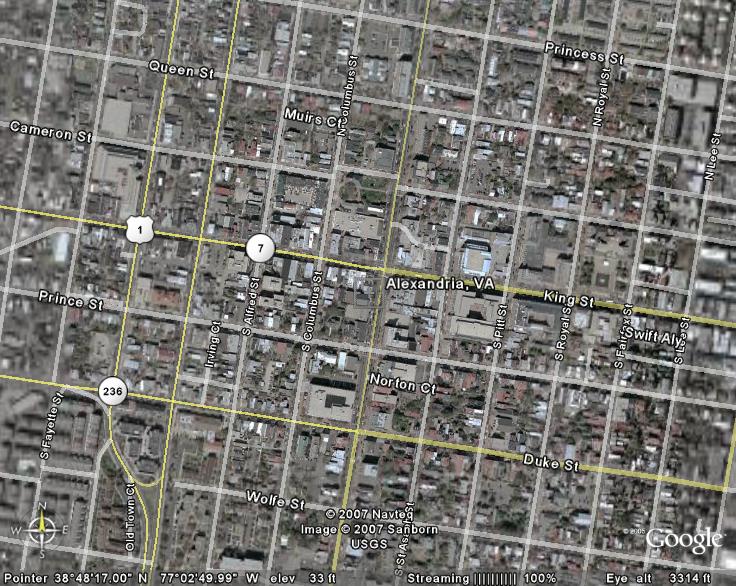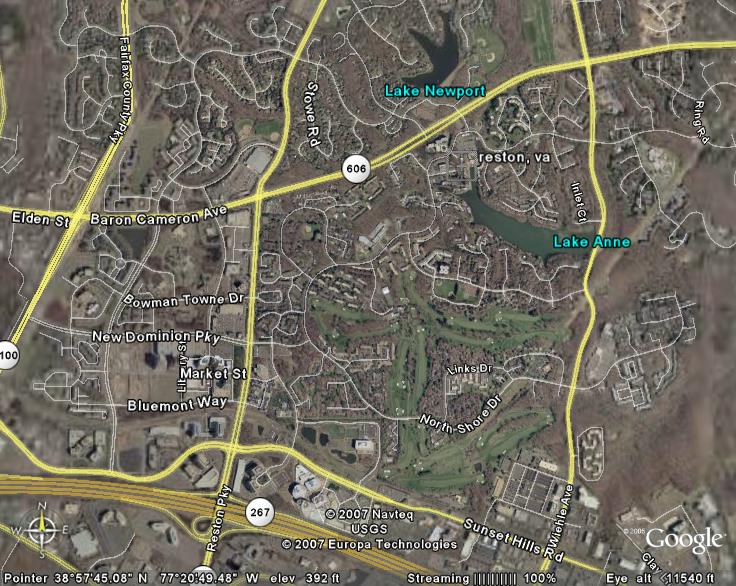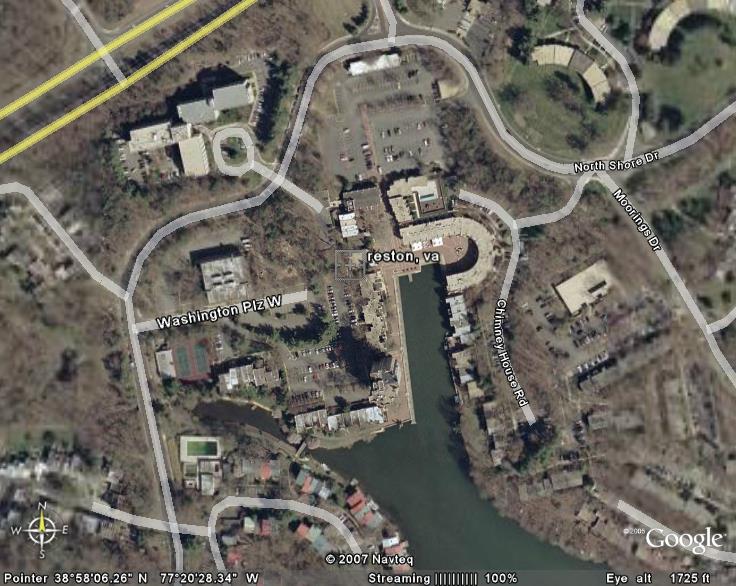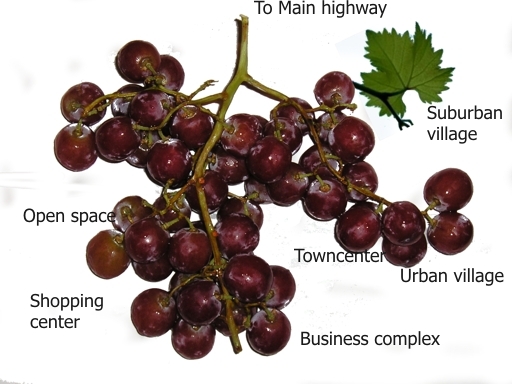How PAT will shape the City in the Future
Hengning Wu
Acroscape, Reston, Virginia, USA
What is PAT or PRT
- PAT, Personal Automated Transport
- PRT, Personal Rapid Transit
- Personal, like car and bicycle
- Directly from origin to destination, no unnecessary stopping
- On demand, no schedule
- Automated
- Vehicle controled by computer
- Exclusive guideway
- Transport
- Passengers
- Freights
The Concept of Autoway
- Commercially viable PAT
- Passengers and light freights.
- Fuel efficiency: 500 mile/gallon (200 km/liter)
- Lane capacity: 11,180 person/hr
- Speed: 65 mile/hr (100 km/hr) in urban areas, 90 mile/hr (150 km/hr) for intercity traffic
- Cost: $5 million/mile including vehicles, guideway
- Need $10 million to build a fully functional prototype system
Autoway features
- Vehicle for one adult or one adult plus two kids.
- Energy efficiency,small guideway, cost and right-of-way
- Brick wall stopping criterion, reliability

Transportation and the City
- Transportation is the dominant factor
- Shaping the city structure
- Determining the economical and social development
- Many current problems related to transportation
- Air pollution, urban decay, sprawl, energy shortage
- Traffic congestion, accidents
- PAT is the solution
- Think about the future of city Now
- How to build a better city with a new transportation system
- How to build a better transportation system for a better city
- Urban planning
- The cost of urban infrastructure
The structure of pre-Automobile city
- Grid-pattern, Street and road. (Washington, DC, USA)

The structure of pre-Automobile city
- Grid-pattern, Street and road. (Alexandria, Virginia, USA)

Automobile oriented city
- Some separation of road and street (Reston, Virginia, USA)

Automobile oriented city
- Town center, Business area (Reston, Virginia, USA)

Automobile oriented city
- Mixed use high-density residential area (Reston, Virginia, USA)
- Church, shops, restaurants, swimming pool, tennis court, trails.

Transportation of 21st Century
Transportation Systems for 21st Century City
- PAT network
- Most passenger transportation, especially commuting.
- Majority of local freight transportation
- Road network
- Major highway network, plus local branches
- Passenger cars, trucks, group buses, special vehicles
- Trail network
- Recreational and some local traffic
- Grade-separated from the roads
- Street
- Does not form its own city-wise network
- Mainly for walking, but accessible by vehicles
Grape-structured district
- Grape-structured district, the building block for 21st century city

Suburban village
- Like a typical suburban area in US
- Single family homes in a lot large than 0.20 acre
- PAT station located near the entry to the village
- Public space. Swimming pool, tennis court, etc, nearby form a buffer to homes
- Access point to PAT network
- Convert suburban areas into new cities
- Increase population by several times with better quality of life
Urban village
- Mixed use residential complex
- High population density, 10,000/km2 (25,600/mile2)
- Carefree urban living with lots of amenities
- Garden and lawn professionally managed
- Recreational facilities within walking distance
- A PAT station located at every major building
Characteristics of a district
- Distinct urban identity, by industry, culture, tradition, etc.
- Balance in residential and business development
- more than 50% of people live and work in the same district
- Diversity in housing, income, and race
- Commuting time within district, about 15 minutes
- Typical size, 10-100 km2
- The basic block of a district can be added to form metropolitan area of any size
- Urban planning should be focused at the district level.
Benefits of PAT city
- No traffic congestion
- Improve energy efficiency per passenger-mile by 10 times
- 70% of oil used for cars and trucks. Less oil dependence
- Environment friendly
- Reduce urban air pollution
- Reduce carbon dioxide release (Global warming)
- Reduce land for road and parking. Open space 50%
- People friendly
- mobility for the elderly, kids, and the disabled
- Reduce the traffic death by nearly 2 orders of magnitude
- saving 1 million people a year
- Improved productivity from better transportation efficiency
Summary, PAT and the city
- PAT network, road network, and trail network form the transportation networks
- Grape-structured district, the building block for 21st century city
- Benefits of a PAT oriented city
- Improve energy efficiency per passenger-mile by 10 times
- Reduce urban air pollution
- Reduce carbon dioxide release (Global warming)
- Reduce land for road and parking. Open space 50%
- mobility for the elderly, kids, and the disabled
- Reduce the traffic death by nearly 2 orders of magnitude
- saving 1 million people a year
- Questions and Answers
- Q: You put up some incredible numbers, and that will push people away from PAT. For example, 500 miles per gallon for energy efficiency.
- A: It might be a good marketing strategy to give "credible numbers" in other people's mind. I am an engineer, and I present just correct numbers in my view. These numbers are actually conservative estimates. In addition, when the vehicles form a train, the energy efficiency will be even higher. Perhaps the data from some old PRTs are so embedded in the brains of many people. There are a few PAT concepts for a high speed and high capacity operation.
- Q: What is your background?
- A: I have a broad backbround in industry and research in US, Europe and China for 25 years. I can do material, mechanical, electrical, and software work. I can build a vehicle prototype in my garage, if funding is available.
- Q:If you get $10 million, where will you build the prototype?
- A: I have not got the money yet. The people who give me the money will have some saying on this. I prefer to build it in a high-tech area.